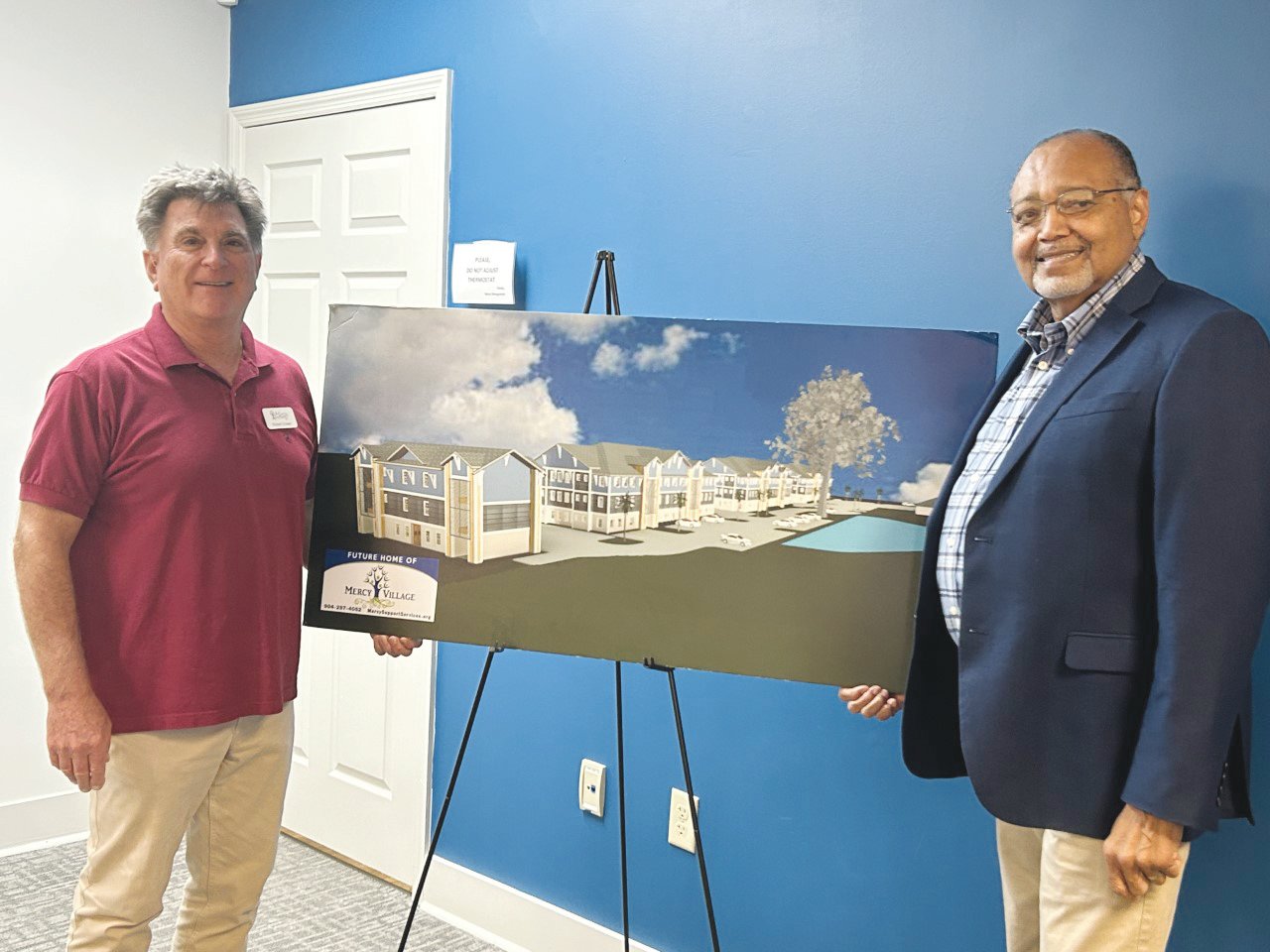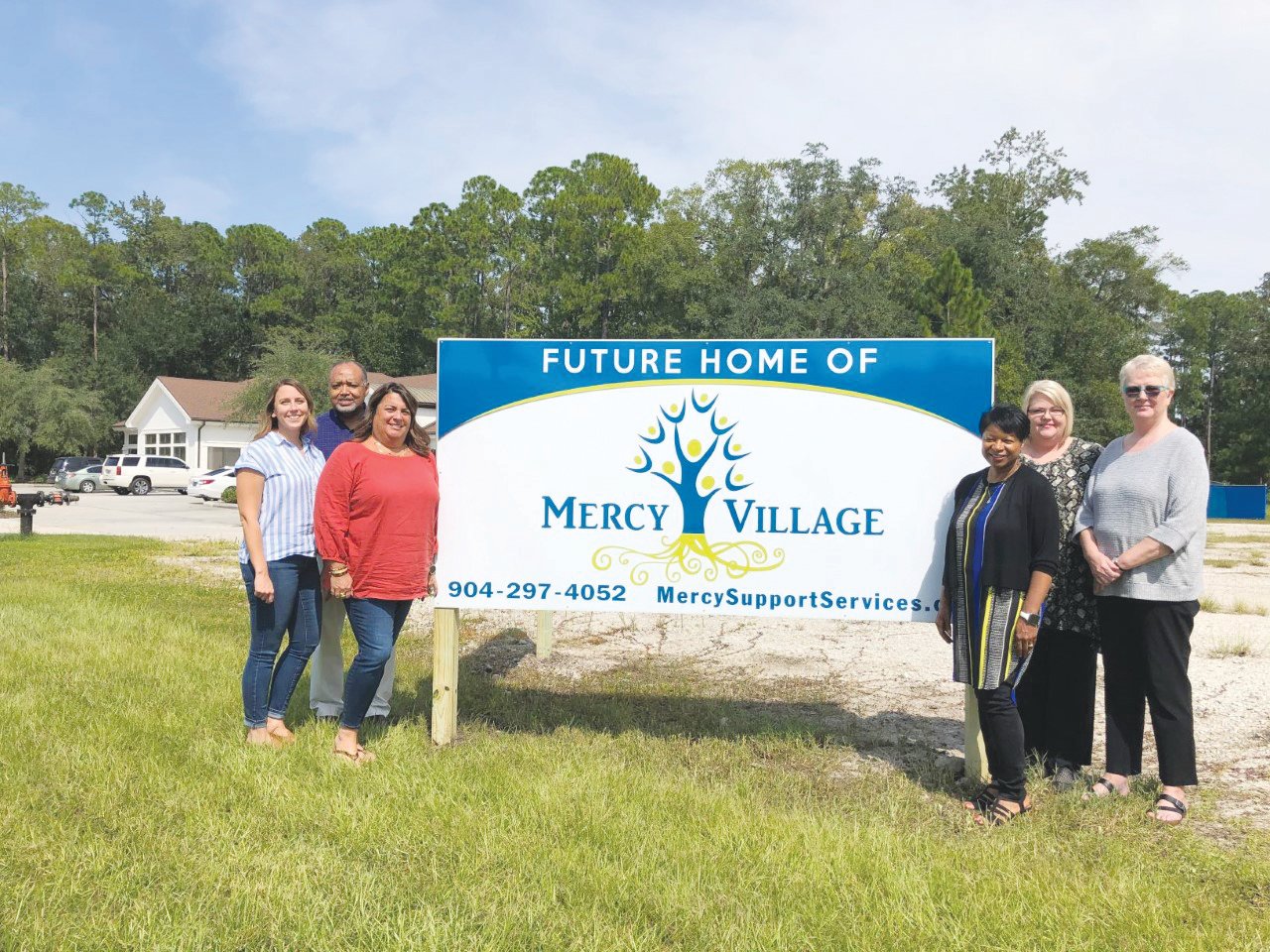Mercy Villages to offer housing support, life skills for those in need
MIDDLEBURG – Mercy is developing an apartment-style campus offering provisional housing to those in need. The village will comprise 65 units that will house their Family and Student …
This item is available in full to subscribers.
Attention subscribers
To continue reading, you will need to either log in to your subscriber account, below, or purchase a new subscription.
Please log in to continueDon't have an ID?Print subscribersIf you're a print subscriber, but do not yet have an online account, click here to create one. Non-subscribersClick here to see your options for subscribing. Single day passYou also have the option of purchasing 24 hours of access, for $1.00. Click here to purchase a single day pass. |
Mercy Villages to offer housing support, life skills for those in need
MIDDLEBURG – Mercy is developing an apartment-style campus offering provisional housing to those in need. The village will comprise 65 units that will house their Family and Student Self-Sufficiency program. The project will break ground this spring, said Board Chair Dr. Robert Cowie.
“We don’t deal with chronically homeless,” said Cowie. “We deal with situationally homeless. We have a call certain here where people can call our number. Our call center gets hundreds of calls monthly, and we have over 200 resources to help them connect.”
The Call Center Care Agents take calls from Clay County residents seeking help in many areas, including utilities, rent, mortgage, medical needs, food, clothing, evictions, veterans assistance and more.
“What attracted me to Mercy is that we have a self-sufficiency plan. It’s not a handout; it’s a hand-up. We want to get people to a level of self-sufficiency,” he said.
The original self-sufficiency program was designed to be completed in 90-120 days. “But the social workers have discovered that it takes much longer. We realized that they needed long-term help.”
Households can participate in a permanent supportive housing program in Clay County. The Housing Choice Voucher Program helps households pay their rent by providing a “rent subsidy” directly to their landlord; however, the problem isn’t just paying rent but finding affordable housing.
“We have people who qualify, but there are not enough facilities; there are no apartments. No homes to rent,” Cowie said.
“To make a profit, houses have to be at least $25,000, but that’s not affordable for most people. We see all of these beautiful houses going up, but they are not accessible to teachers, first responders, police or nurses. They can’t afford to live here.”
When real estate prices go up, it pushes people out. Some are commuting in from outlying districts an hour and a half away. Others are forced to live out of their car.
According to Cowie, 10% of Clay County residents live below the federal poverty line, and another 22% below ALICE – Asset Limited Income Constrained Employed. However, with the help of generous donors, Mercy Villages can provide individuals and families with the support they need to get back on their feet.
The program will be organized in “tiers.”
Tier 1 will be the entry-level for clients as it is now. As clients progress with the life skills they need to achieve total self-sufficiency – employment, financial stability, transportation, spiritual health – they will move up the ladder until they reach Tier 4. At that level, they will be able to move into their own house or apartment.
As an additional benefit of having the entire Village available, Mercy Village will have the opportunity to provide additional help for unaccompanied high school students after they graduate. They also help students apply to St. Johns River College, a local vocational school, or seek employment.
“We have a common area and four bedrooms around it. It’s set up that each two bedrooms will share a bathroom facility,” said Cowie. “The first room will be a community room. The second and third floors will have dorm-style rooms, one for boys and one for girls, and the RA (resident advisor).”
Mercy Support Services will also partner with Project Reach, a program designed to help children experiencing housing transition issues with school-related services, as well as collaborate with Community Partners to offer assistance with issues outside of the school environment.
“A lot of times, these students go under the radar,” said Carolina Thompson, Project REACH Coordinator for Clay County District Schools. “People don’t realize they qualify for services. Identifying families is so important, as well as helping them get the resources they need.”
Thompson said that affordable housing is a huge need.
According to the U.S. Interagency on Homelessness, Florida has the fourth-highest number of homeless students – more than 90,000. Project REACH has identified 730 students this school year. Meaning they do not have fixed, regular or adequate nighttime residences.
“We’ve noticed that people come to our county thinking it will be better, but it’s not. The people that are already here can’t afford to live here. There’s no available housing,” she said. “We’re seeing a lot of families being evicted so they can raise the rent for those properties. We’re seeing families doubling up with other families so they can have someplace to live and stay in the community they know. We have a lot of families that live in hotels, as well as domestic violence shelters or transition shelters.”
“So we’re seeing this affect many populations of people, including children,” she said. “Housing is so desperately needed.”
Mercy Villages has received nearly $2 million in donations and commitments. However, they estimate the project will cost around $5 million.
“We are at a point where get the $200,000 from the county, we are just about ready to break ground and do the site work,” said Cowie. “We will build one building at a time as money comes in.”
The organization works with foundations, nonprofits, individuals, and the state government. They also have several local churches that give donations. “I think we’re on the cusp of getting our first 1 million dollar donation, and then hopefully, others will follow suit,” he said.
Cowie estimates that the initial ground development will take six months. The site will be ready to go vertical this time next year.
“I think this is going to happen, but it’s hard work,” he said.










